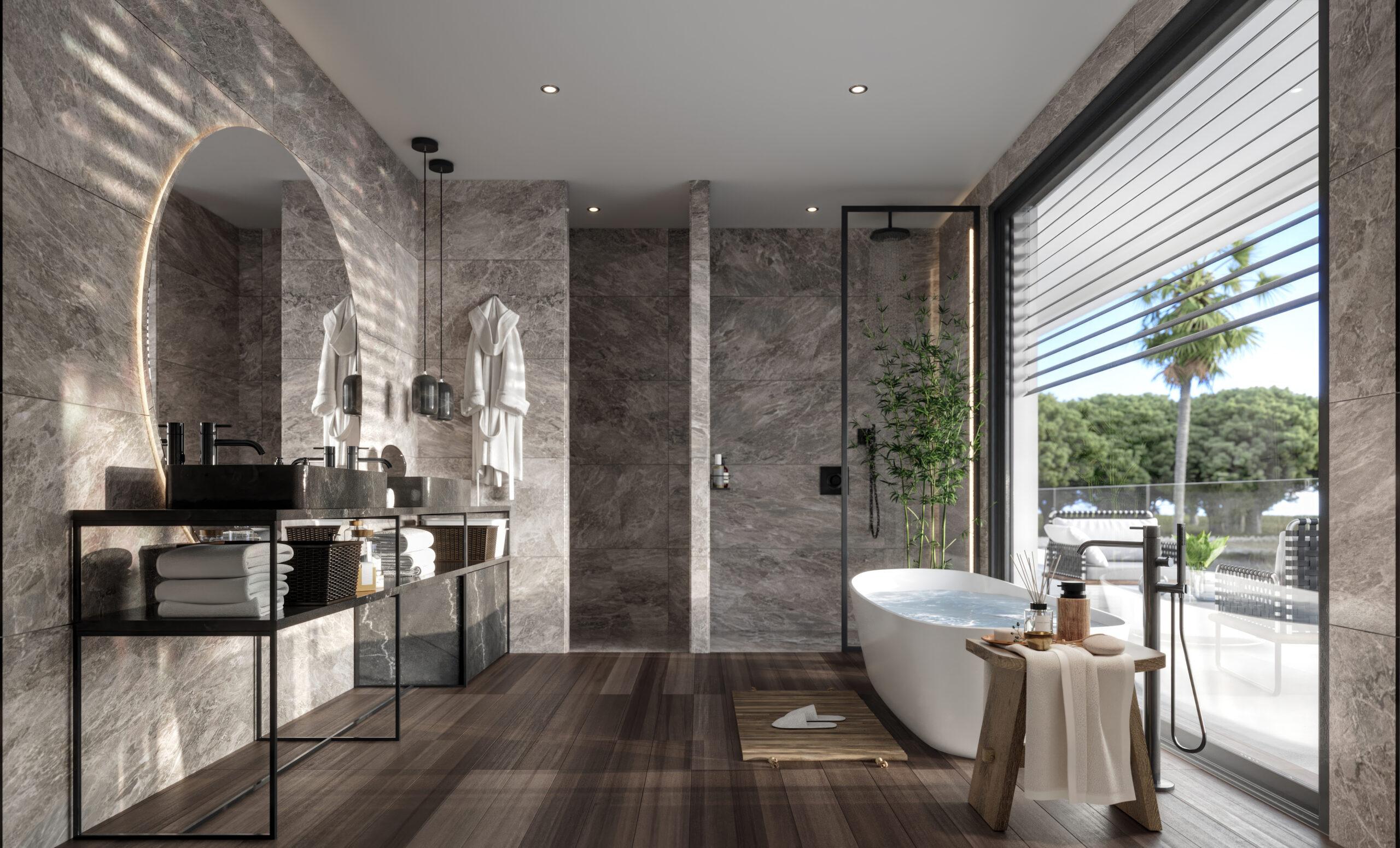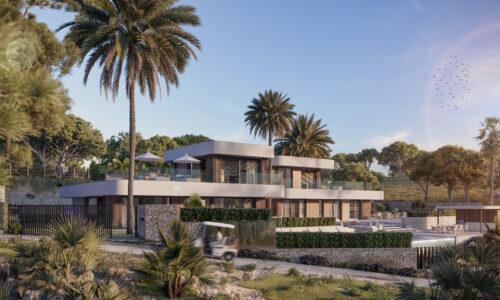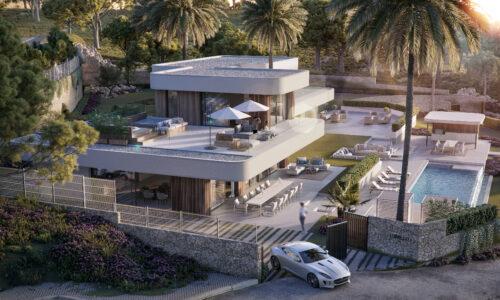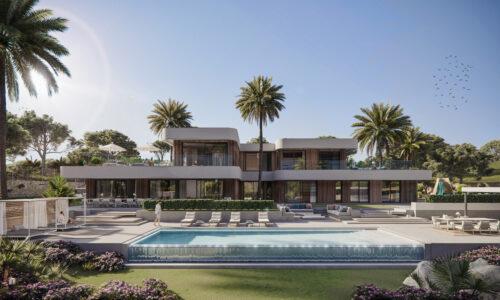
Enhance Your Architectural Project with Effective Animation Shot Types
- Yissel Álvarez
- July 25, 2023
- 3D Design
- 0 Comments
Animation possesses a unique ability to transport viewers to imaginative worlds, evoke powerful emotions, and convey complex narratives. Shot types in animation play a crucial role in maximizing the impact of each frame and elevating the overall viewer experience. By carefully selecting shot types, animators can shape storytelling, emphasize emotions, and create a profound connection with the audience. In this article, we will explore the significance of shot types in animation and how they can be used to create compelling and resonant storytelling experiences.
Establishing Shots: Setting the Stage
Establishing shots are vital in animation as they set the context, time, and location of the story. Wide-angle shots provide a sense of scale and introduce the audience to the world they are about to experience. A well-executed establishing shot captivates viewers and lays the foundation for subsequent scenes, creating anticipation and curiosity.
Close-Ups: Emphasizing Emotional Connection
Close-up shots are effective in conveying emotions and creating a strong connection between the viewer and the characters. By focusing on facial expressions, body language, and subtle details, animators can evoke empathy, emphasize key moments, and heighten the emotional impact of a scene. Close-ups are particularly effective in showcasing character development, revealing internal conflicts, and intensifying dramatic sequences.
Read this article: How to Use 3D Visualization to Effectively Communicate Architectural Designs
Over-the-Shoulder Shots: Enhancing Perspective
Over-the-shoulder shots provide a perspective from behind a character’s shoulder, allowing viewers to see the world through their eyes. This shot type enhances engagement by immersing the audience in the character’s point of view, creating a sense of involvement and empathy. Over-the-shoulder shots are effective for action sequences, conversations, and pivotal moments, enabling viewers to experience the events alongside the character.
Low-Angle Shots: Conveying Power and Grandeur
Low-angle shots depict a character or object from a lower vantage point, creating a sense of power, dominance, or awe. By utilizing low-angle shots strategically, animators can emphasize the strength, authority, or significance of certain elements within the narrative.
High-Angle Shots: Establishing Vulnerability and Subordination
High-angle shots capture scenes from a higher perspective, looking down on the subjects. This shot type can be used to convey vulnerability, subordination, or a sense of insignificance. Animators can utilize high-angle shots to emphasize a character’s struggle, isolation, or to highlight power dynamics within a scene. Carefully employing high-angle shots can evoke specific emotions and enhance the overall impact of the story.
Tracking Shots: Enhancing Motion and Fluidity
Tracking shots involve a moving camera that follows a subject, creating a dynamic sense of movement and continuity. Animators can utilize tracking shots to emphasize action sequences, depict chase scenes, or showcase the passage of time. This shot type adds a kinetic energy to the animation, immersing the audience in the flow of the narrative and heightening their engagement.
Point-of-View Shots: Encouraging Immersion and Identification
Point-of-view (POV) shots provide a glimpse of the world through a character’s eyes, enabling viewers to experience the story from their perspective. This shot type promotes immersion, allowing the audience to identify with the character and forge a deeper emotional connection. By using POV shots strategically, animators can enhance empathy, engage the viewer, and create a more immersive storytelling experience.
Shot types are invaluable tools in maximizing the impact of animation. By strategically selecting and implementing shot types, animators can enhance storytelling, evoke emotions, and captivate the audience. Establishing shots provide context and build anticipation, close-ups emphasize emotional connections, and over-the-shoulder shots immerse viewers in the character’s perspective. Low-angle and high-angle shots convey power dynamics, while tracking shots enhance motion and fluidity. Point-of-view shots promote immersion and identification. Animators should consider the story’s objectives, shot composition, timing, pacing, and overall style to effectively leverage shot types. With advancing technology, animators now have a broader range of tools at their disposal, allowing for more intricate and impactful implementation of shot types. By harnessing the power of shot types, animators can create animation that resonates with audiences, leaving a lasting impact and fostering a deeper appreciation for the art form.
If you need assistance with your architectural project and require visualization services, please feel free to contact us for further information.







